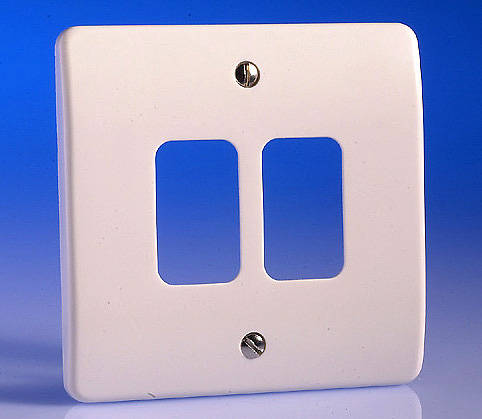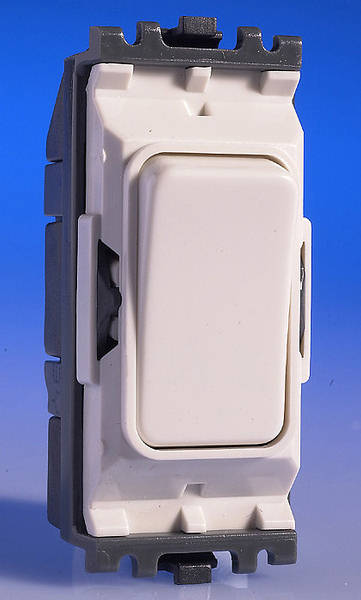First of all I apologise for it seeming like I signed up just for this post. I have just got my first place and I hope to make use of DIY advice and can hopefully give some of my own as I learn.
Currently I want a new socket. I'm going to create a spur from the ring with a junction box and I want to have a switch which cuts off power to the socket.
For aesthetic purposes I'd like to replace my light switch plate with a double switch plate and use the new switch as the cut off switch.
I want to know if this is safe/ok/proper though as safety is more important than aesthetics after all and I can make do with an FCU switch instead.
Currently I want a new socket. I'm going to create a spur from the ring with a junction box and I want to have a switch which cuts off power to the socket.
For aesthetic purposes I'd like to replace my light switch plate with a double switch plate and use the new switch as the cut off switch.
I want to know if this is safe/ok/proper though as safety is more important than aesthetics after all and I can make do with an FCU switch instead.



